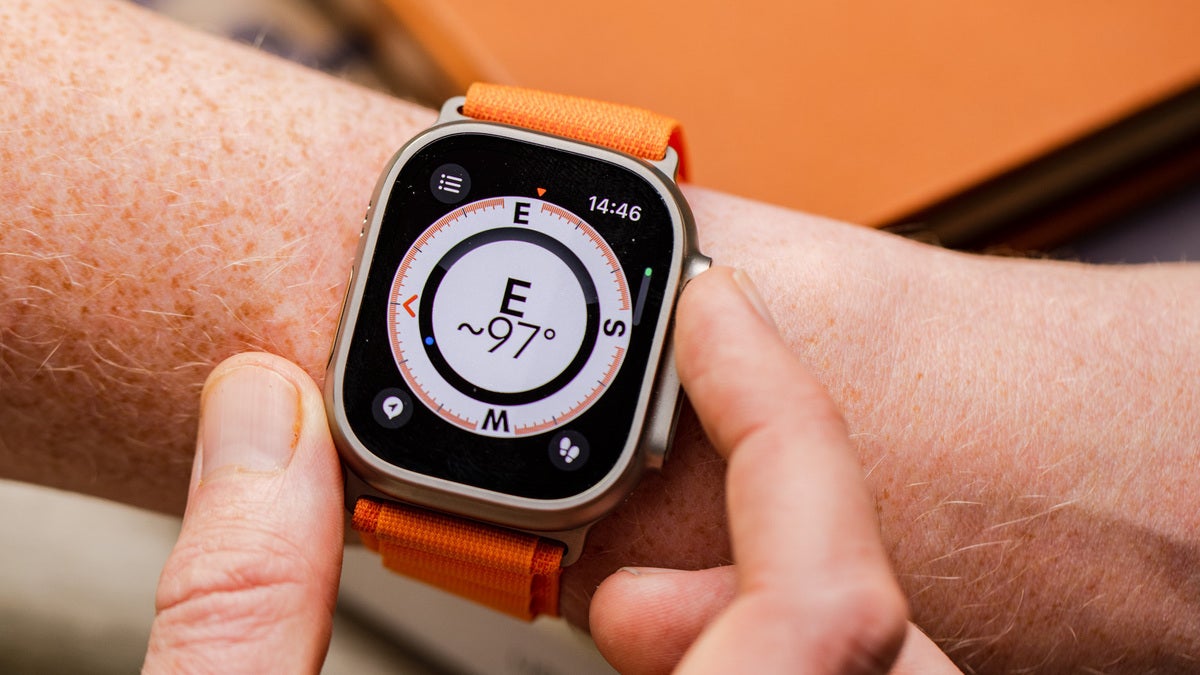An interesting thing may be happening inside Apple Watch Ultra; it seems the company plans to poke its toes into the industrial 3D printing of components used inside the device.
The claim at this point remains speculative and comes from Apple analyst Ming-Chi Kuo, who said the company intends to print components out of titanium.
While Kuo doesn’t say it, it’s plausible to think this may involve using Liquidmetal for components. Apple announced a perpetual license for use of these harder than steel and stronger than titanium alloys back in 2010, and a variety of recent patents show it continues working with the substance.
If Apple uses it, others will, too
While Apple users might be interested to think that parts inside future products could be printed in 3D, the implication for the technology’s use in manufacturing might be more significant. Kuo argues that if Apple does indeed adopt 3D printing in its manufacturing chain, doing so would legitimize use of 3D printing in component design and industrial production elsewhere.
He points out that when Apple adopted automated manufacturing technologies across its supply chain, industrial adoption of Computer Numerical Control (CNC) printing on production lines accelerated. He thinks the same thing might happen this time with 3D printing, specifically around electronics.
It’s not such an outlandish idea. After all, in 2018 one of the pioneers in this part of the 3D space, Lite-On’s Henrik Johansson, took a job at Apple. So, there’s that.
In the doldrums
3D printing isn’t new, but wider adoption of the tech has been held back for a variety of reasons, not least the relative expense. Yes, a strong hobbyist market exists, and yes, there are some huge industrial implementations, such as the print of components in space by NASA, component printing at GE/Ford, or special edition Nike trainers. Also yes, there are technologies to actually print buildings for human habitation.
But Apple, despite its many patents, ARKit, and having explored these technologies for years, hasn’t yet really bitten the 3D print fruit, and the tech generally remains in the pre-adoption doldrums on the Gartner hype cycle.
This could change if Apple gets involved. Apple has held additional patents for use of Liquidmetal since at least 2013. These include some patents for really tough-to-do tasks, including the capacity to 3D print onto existing or unfinished objects.
Other patents could signal wider interest in building powerful 3D analysis and printing technologies for digital twin and fast prototyping.
These rely on technologies similar to those Apple’s vision for Apple Vision seems built to exploit, such as augmented reality and 3D cameras. Apple has spent time considering these applications, given it alluded to them during the Vision Pro launch and already uses such technologies in its own prototyping labs.
(Then-Chief Design Officer Jony Ive famously used CNC to print a large aluminium badge…
2023-07-19 13:00:04
Original from www.computerworld.com rnrn



















